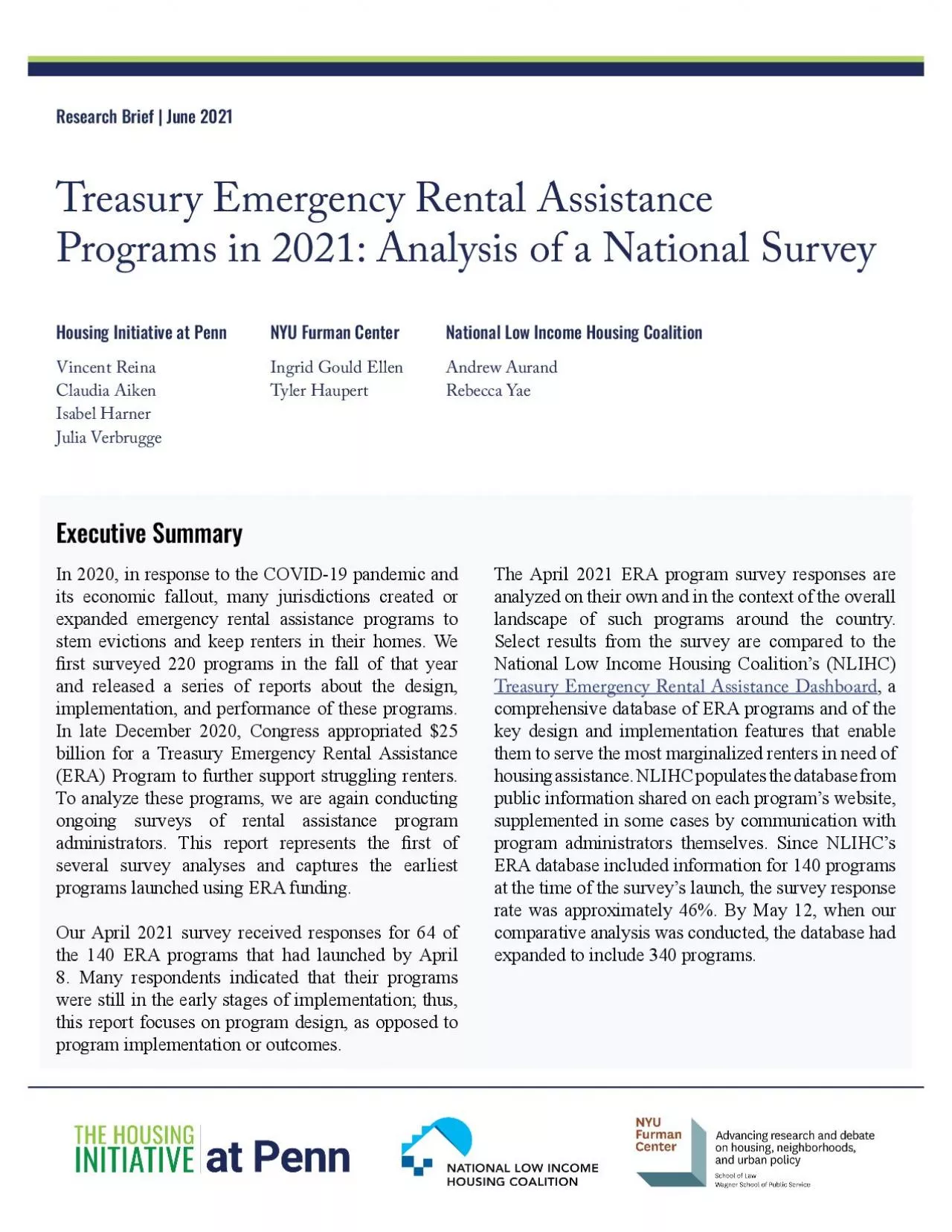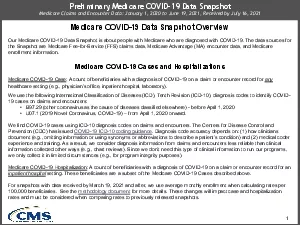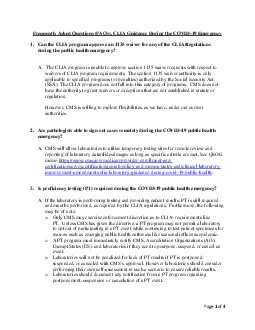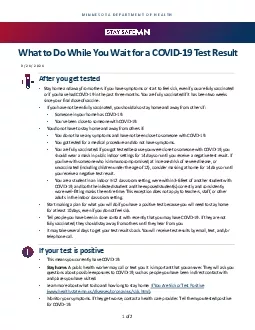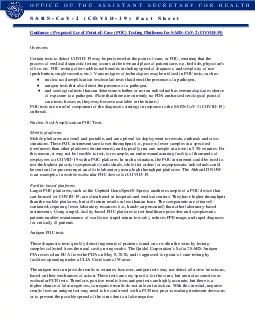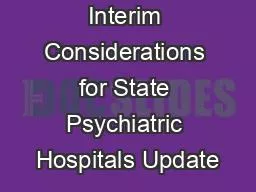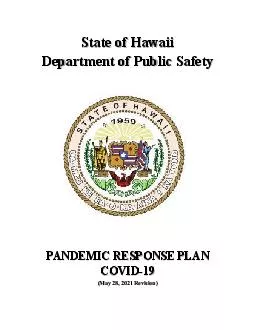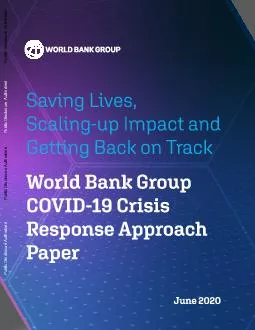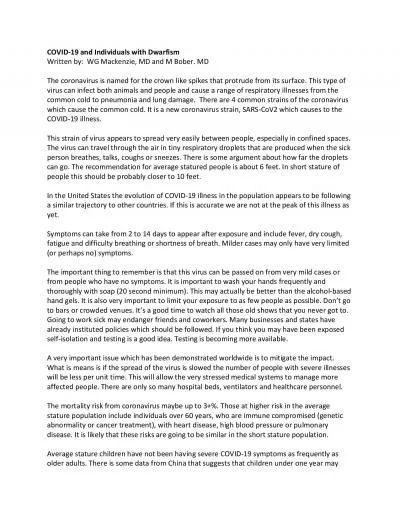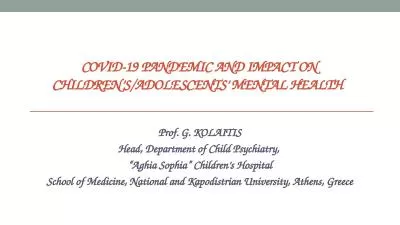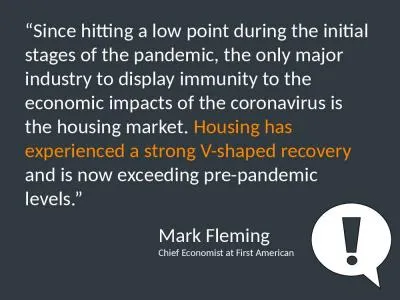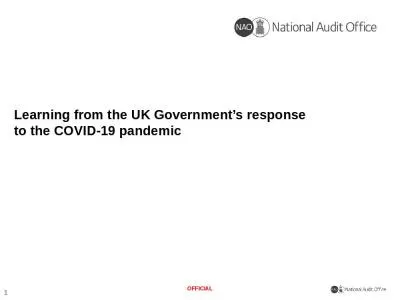PDF-Executive SummaryIn 2020 in response to the COVID19 pandemic and its
Author : hadly | Published Date : 2021-10-03
The April 2021 ERA program survey responses are analyzed on their own and in the context of the overall landscape of such programs around the country Select results
Presentation Embed Code
Download Presentation
Download Presentation The PPT/PDF document "Executive SummaryIn 2020 in response to ..." is the property of its rightful owner. Permission is granted to download and print the materials on this website for personal, non-commercial use only, and to display it on your personal computer provided you do not modify the materials and that you retain all copyright notices contained in the materials. By downloading content from our website, you accept the terms of this agreement.
Executive SummaryIn 2020 in response to the COVID19 pandemic and its: Transcript
Download Rules Of Document
"Executive SummaryIn 2020 in response to the COVID19 pandemic and its"The content belongs to its owner. You may download and print it for personal use, without modification, and keep all copyright notices. By downloading, you agree to these terms.
Related Documents

